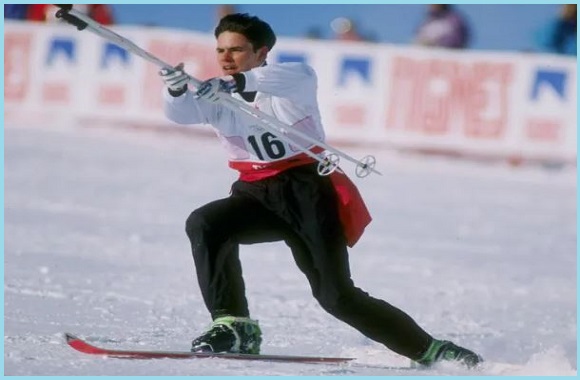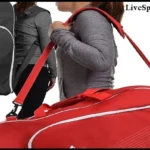An Acroski or Ski ballet sport is a new type of extreme sport that is taking the world by storm. Similar to Acrobatics, Acroski is an acrobatic form of skiing and snowboarding and was created by comedians Dave Hall and Dennis McNulty as they wanted to create a sport that combined the gracefulness of figure skating with the thrill of downhill skiing.
A short history of Acroski sport
Ski Ballet or Acroski moves to the Taos Ski Valley where they train and perform. The team, which currently consists of only 3 members, is made up of the two founders, Dave Hall and Dennis McNulty, and the 3rd member, actress Janine Turner.
Ski Ballet became known as Acroski in the 1990s. It’s a part of freestyle skiing competitive games.
Some of the athletes who won the Olympics in different medals like Rune Kristiansen won a gold medal in ballet. He contested at the Winter Olympics 1992 in ski ballet, which was a demonstration occasion.
George Fuehrmeier is one of another Ski ballet players in 1985. Fuehrmeier increased popularity later a video on the internet during the Winter Olympics in 2018.
Ski Ballet Equipment
The team wears performance wear and the equipment consists of a helmet, a suit, and a pair of skis. The team has also created its own boots.
- Bindings
- Boots
- Helmet
- Monoski
- Poles
- SkinsSkis
- Snowboard
- Suit
- Wax
Don’t miss to read: FIFA World Cup 2022
Rules of Acroski
The team created the rules of the sport. Dance vs. Ski is the main conflict between the two arts. Skiers are able to perform dance moves, which are the basic moves of ballet, while the dancers are able to perform their own version of the ski moves.
A dynamic and visually stunning skiing discipline that combines elements of acrobatics, freestyle skiing, and aerial maneuvers. Here are the key rules that govern this exhilarating sport:
- Skiing Techniques: Acroski involves performing various tricks, flips, spins, and stylish maneuvers while skiing downhill. Skiers showcase their skills and creativity by incorporating freestyle skiing elements into their routines.
- Scoring System: Competitors are judged based on their execution, difficulty, style, and overall performance. Judges assign scores for each run, considering factors like technicality, amplitude, control, and artistic impression.
- Jumping and Aerial Tricks: Acroski often features jumps and ramps where skiers perform aerial tricks and flips. Skiers aim to execute these maneuvers with precision, creativity, and a smooth landing.
- Safety Considerations: Safety is paramount in acroski. Skiers are required to wear appropriate protective gear, including helmets, to minimize the risk of injury during jumps and high-intensity maneuvers.
- Competition Format: Acroski competitions typically involve multiple rounds or heats, allowing skiers to showcase their skills individually or in groups. Final rankings are determined based on the cumulative scores from all rounds.
- Freestyle Skiing Guidelines: While acroski has its unique elements, it often follows general freestyle skiing guidelines and principles. This includes respecting the flow and safety of other skiers on the slopes and adhering to specific resort or event rules.
- Sportsmanship and Respect: Skiers are expected to display good sportsmanship, respect for fellow competitors, and adherence to the rules and decisions made by judges and event officials.
Final Note
It’s a sport that starts with A. The main conflict is resolved when the ski group teaches the ballet group a variety of pirouettes and leaps to teach them.











